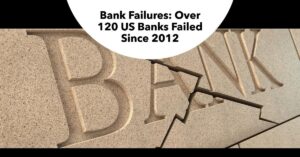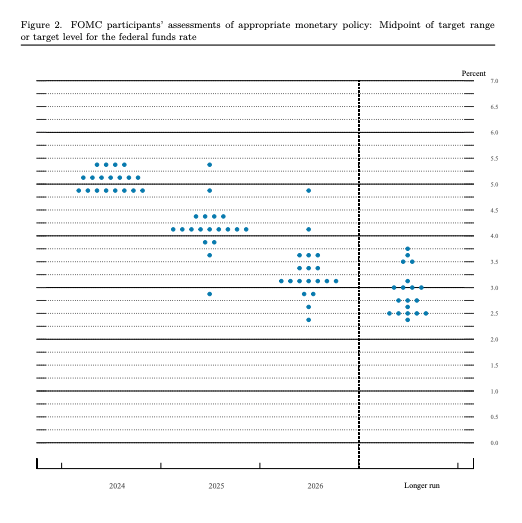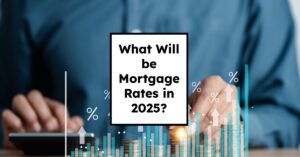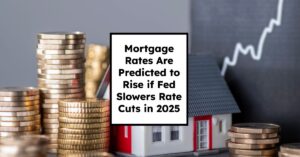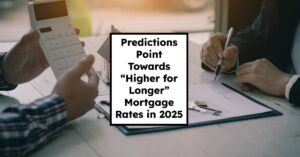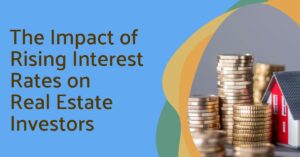California is known for its stunning landscapes, vibrant culture, and diverse communities. However, not all cities in the Golden State offer an equally attractive quality of life. In this article, we will delve into some of the worst cities to live in California, using key statistics to shed light on the challenges residents face.
10 Worst Cities to Live in California Based on Recent Crime Rates
1. Emeryville, California
Emeryville, California, tops the list as the city with the highest crime rate in the state as of 2023. With a population of 12,692, Emeryville reports a property crime rate of 165.71 incidents per 1,000 residents, alongside a violent crime rate of 11.24 incidents per 1,000 residents. This combination of high crime rates makes it a challenging place to live for its residents.
Emeryville is a small city located in Alameda County, known for its proximity to the vibrant city of Oakland. Despite its relatively small size, it faces significant crime-related challenges that affect the overall quality of life for its residents.
2. Oakland
Oakland, a much larger city with a population of 433,403, is also grappling with elevated crime rates. In 2023, it reports a violent crime rate of 127 incidents per 1,000 residents. Despite ongoing efforts to improve safety and reduce crime, Oakland remains a city with significant challenges in this regard.
Oakland is a diverse and culturally rich city, but its high crime rates have been a persistent concern. It is home to numerous neighborhoods, each with its unique character and atmosphere.
3. Commerce
Commerce, a city with a population of 11,518, has a notable violent crime rate of 106.1 incidents per 1,000 residents in 2023. This places it among the cities with a considerable crime burden, impacting the well-being of its residents.
Commerce is a city in Los Angeles County, characterized by its industrial and commercial activities. While it plays a vital role in the region's economy, its crime rates pose challenges for those who call it home.
4. Signal Hill
Signal Hill, a smaller city with 11,066 residents, reports a violent crime rate of 104.2 incidents per 1,000 residents in 2023. Despite its relatively modest size, this crime rate is a concerning factor for its residents.
Signal Hill is an enclave within the city of Long Beach, known for its panoramic views and oil-related history. However, addressing crime remains an essential task for the city's authorities.
5. Marysville
Marysville, with a population of 12,758, reports a violent crime rate of 102.8 incidents per 1,000 residents in 2023. While it may be smaller in population compared to some major California cities, its crime rate is a significant issue for its residents.
Marysville is located in Yuba County and boasts a charming historic downtown area. However, the challenge of reducing crime is a shared concern for both the community and local authorities.
6. Vallejo
Vallejo, with a population of 123,001, reports a violent crime rate of 99.4 incidents per 1,000 residents in 2023. This places it among the cities facing notable challenges in ensuring the safety and security of its residents.
Vallejo is a city in the San Francisco Bay Area, known for its maritime history and diverse community. While it has made efforts to address crime, the work is ongoing to create a safer environment for all.
7. Stockton
Stockton, a city with a population of 451,000, reports a violent crime rate of 98.7 incidents per 1,000 residents in 2023. The city's size, combined with this crime rate, presents a significant challenge for residents.
Stockton is situated in the Central Valley of California and offers cultural diversity and a range of amenities. However, its crime rates are a persistent concern, necessitating efforts to enhance safety.
8. Modesto
Modesto, with a population of 219,396, reports a violent crime rate of 95.3 incidents per 1,000 residents in 2023. While it's smaller than some major California cities, this crime rate remains a significant issue for its residents.
Modesto is known for its agricultural heritage and cultural activities. Addressing crime is a vital aspect of ensuring the well-being of the community.
9. Richmond
Richmond, a city with a population of 114,450, reports a violent crime rate of 86.6 incidents per 1,000 residents in 2023. This crime rate impacts the overall living conditions in the city.
Richmond is a city located in the San Francisco Bay Area, offering a mix of urban and natural attractions. However, like many cities, it faces challenges related to crime and safety.
10. Merced
Merced, with a population of 95,167, reports a violent crime rate of 85.5 incidents per 1,000 residents in 2023. Despite its smaller population, addressing crime and safety is a shared concern among its residents.
Merced is known for its proximity to Yosemite National Park and offers a relatively small-town atmosphere. The challenge remains to reduce crime and enhance the quality of life for its residents.
These cities represent the 10 worst places to live in California based on their recent 2023 crime rates. While each city has its unique characteristics and attractions, addressing crime is a priority for local authorities and communities to improve the well-being of their residents.
Crime Rates in California per 100,000 Population
Here are some of the key stats from the California Department of Justice's 2022 Crime Report. This report provides a comprehensive overview of crime trends in the state and can help policymakers and communities make informed decisions to create safer and more livable cities.
1. Alarming Crime Rates
One of the most critical factors that make a city undesirable for living is its crime rate. According to recent statistics, the violent crime rate in some California cities increased significantly in 2022. For instance, the rate climbed by 6.1 percent, from 466.2 in 2021 to 494.6 in 2022. Property crimes saw a similar trend, with an increase of 6.2 percent, rising from 2,178.4 in 2021 to 2,313.6 in 2022.
These figures are not only concerning but also impact the overall safety and well-being of residents.
2. Property Crime Decline – A Silver Lining
While the overall property crime rate increased in 2022, it's important to note that there has been a decrease of 7.1 percent in this category from 2017 to 2022. The rate dropped from 2,491.0 in 2017 to 2,313.6 in 2022. Despite the recent increase, this long-term decline may offer some hope for residents.
3. Mixed Trends in Homicides and Robberies
Homicides, a deeply concerning crime category, decreased by 5.0 percent in 2022 (from 6.0 in 2021 to 5.7 in 2022). On the flip side, robbery rates surged by 10.2 percent during the same period. These fluctuations in crime rates highlight the challenges faced by law enforcement agencies and communities in these cities.
4. Larceny Theft and Arson
Larceny theft rates increased by 7.7 percent in 2022, going from 1,375.1 in 2021 to 1,480.3 in 2022. However, there was a notable decrease of 11.0 percent in arson rates during the same year, dropping from 28.3 in 2021 to 25.2 in 2022. These statistics reveal the complexities of property-related crimes in these cities.
5. Burglary and Aggravated Assault
From 2017 to 2022, the burglary rate decreased by a substantial 17.6 percent, providing some relief for residents (from 445.9 in 2017 to 367.5 in 2022). However, the aggravated assault rate increased significantly by 24.0 percent during the same period, reaching 330.0 in 2022 from 266.1 in 2017.
6. Felony Drug Offenses
Felony drug offenses are a concern in many cities. Fortunately, there was a 14.6 percent decrease in the total felony drug offense arrest rate in 2022, dropping from 78.2 in 2021 to 66.8 in 2022. Moreover, dangerous drugs and marijuana arrest rates saw reductions of 19.4 percent and 18.5 percent, respectively, in 2022.
7. Arrest Rates for Petty Theft and Assault
While there was a decrease in drug-related arrests, arrest rates for petty theft and assault and battery increased by 21.3 percent and 11.2 percent, respectively, in 2022. These statistics, from 44.6 and 211.2 in 2021 to 54.1 and 234.9 in 2022, suggest challenges in maintaining public order.
8. DUI Arrest Rate
The misdemeanor driving under the influence (DUI) arrest rate decreased by 5.9 percent in 2022, a positive trend in addressing DUI-related issues. It decreased from 346.3 in 2021 to 325.9 in 2022.
While California boasts numerous cities with a high quality of life, it's essential to acknowledge that not all areas share the same advantages. The key statistics provided here shed light on some of the challenges faced by residents in the worst cities to live in California. These cities must address their crime rates, property-related offenses, and other issues to improve the overall well-being of their residents.
References:
- https://oag.ca.gov/crime
- https://getsafeandsound.com/blog/california-crime-statistics/
- https://propertyclub.nyc/article/most-dangerous-cities-in-california
- https://www.californiadefenselawyer.net/blog/california-crime-rate-by-city/

